Covid in Cusco: Week 19
Sunday, 19 July, 2020
Today I really gave in to taking a day off. I sat in the sun on the roof, read Amy Schumer’s book The Girl with the Lower Back Tattoo and ate popcorn and two packages of cookies. If I’m going to be unemployed, I might as well do nothing on Sunday. There’s no reason to try to get things done around the house. I’m not working all week and now I certainly have plenty of time to do things like laundry Monday through Friday.
Happily, this week I will be a little less unemployed than last week. Since I got laid off, I’ve been working two hours per week, one hour teaching Spanish to a woman from England and the other teaching English to a Cusqueñian guy. This week I will get to add two more hours of Spanish to another woman from England and two hours of teaching French to a guy from Mexico. That means that this week I will have triple the income of last week! Also, on Tuesday I now get to teach one hour of Spanish, one of French and one of English. My brain definitely needs something like this to keep from getting too bored during pandemic life.
Monday, 20 July, 2020
This morning I listened to yesterday’s episode of This American Life “How to Be Alone” with Bim Adewunmi sitting in for Ira Glass. One of the people she interviewed was Leroy Chao, an astronaut who has spent 192 days on the international space station with only one other person: an astronaut from Kyrgyzstan.
Being in quarantine for 15 weeks with Kerry and Andrea wasn’t really like being in space, because we each usually left the house once or twice a week to buy food. Still, I wonder how similar quarantine feels to people who have been isolated by working in space or at lighthouses. Adewunmi said that at the time of recording, she has been in quarantine, isolated at home for about 130 days. I’m at 131 today, but things have loosened up so much in the past two weeks that it doesn’t really feel like isolation anymore.
Still, there are several things that Adewunmi said that I can completely identify with. I think that we all feel like “part of the terror of being alone right now is that this pandemic feels endless.” I keep telling myself that Cusco is a pretty good place to ride out a global pandemic. Even though I really do believe that, I still have to remind myself of that often, to reassure myself that I’m making a good choice. Whether or not Cusco really is a good place to be during a global pandemic, I am very aware that traveling to Lima and then through several airports to go back to Seattle or Boise would be more dangerous than just staying put. Wherever any of us are now, we’re safer staying home, staying inside, than traveling, even to a place that currently has fewer cases of Covid.
Of course, the other scary, or at least difficult, part of this situation is that there is “still no cure, no vaccine, and a steady increase in new cases.” This increase in new cases is happening in Cusco, in Boise and in probably the majority of cities around the world. Even the places that have it under control, for how long will it be under control? Can every country be as good as New Zealand? I have a hard time imagining places like Spain or Kenya or Brazil could follow New Zealand’s lead in any way that would actually get them the same results.
Tonight Chilly played one of his usual Peruvian songs, Bronto by Kill Amigo. It’s a band from Lima that I keep meaning to look into more. I’ll put that on my to do list for the week. Music, I need to focus more on music and less on the number of new cases of Covid in Cusco.
Tuesday, 21 July, 2020
It was just as fun as I thought it would be to teach 3 classes in a row today, one in French, then Spanish, then English. Maybe it’s time for me to focus more on teaching. Maybe this one year “sabbatical” was enough of a break from teaching. Tourism was interesting, while it lasted. Now that tourism is dead in Cusco and dead in most of the world, maybe it’s time to go back to what I loved doing for twelve years: teaching.
Plus, making any kind of income in tourism is just not going to happen in 2020 and perhaps not even in 2021. I made s/60 today, about $17, which is the most I’ve made per day since March. (For those new to the blog, s/ is the sign for Peruvian Soles, like $ is the sign for US dollars.) Like many Americans living abroad, I’m considering teaching English online. I don’t have a university degree in teaching English, like I do for French and Spanish, but I do have a TEFL certificate. If I could make just $40 per day, $200 per week, $800 per month, I would be making more than I was back when I worked full time at the travel agency. That seems feasible to me.


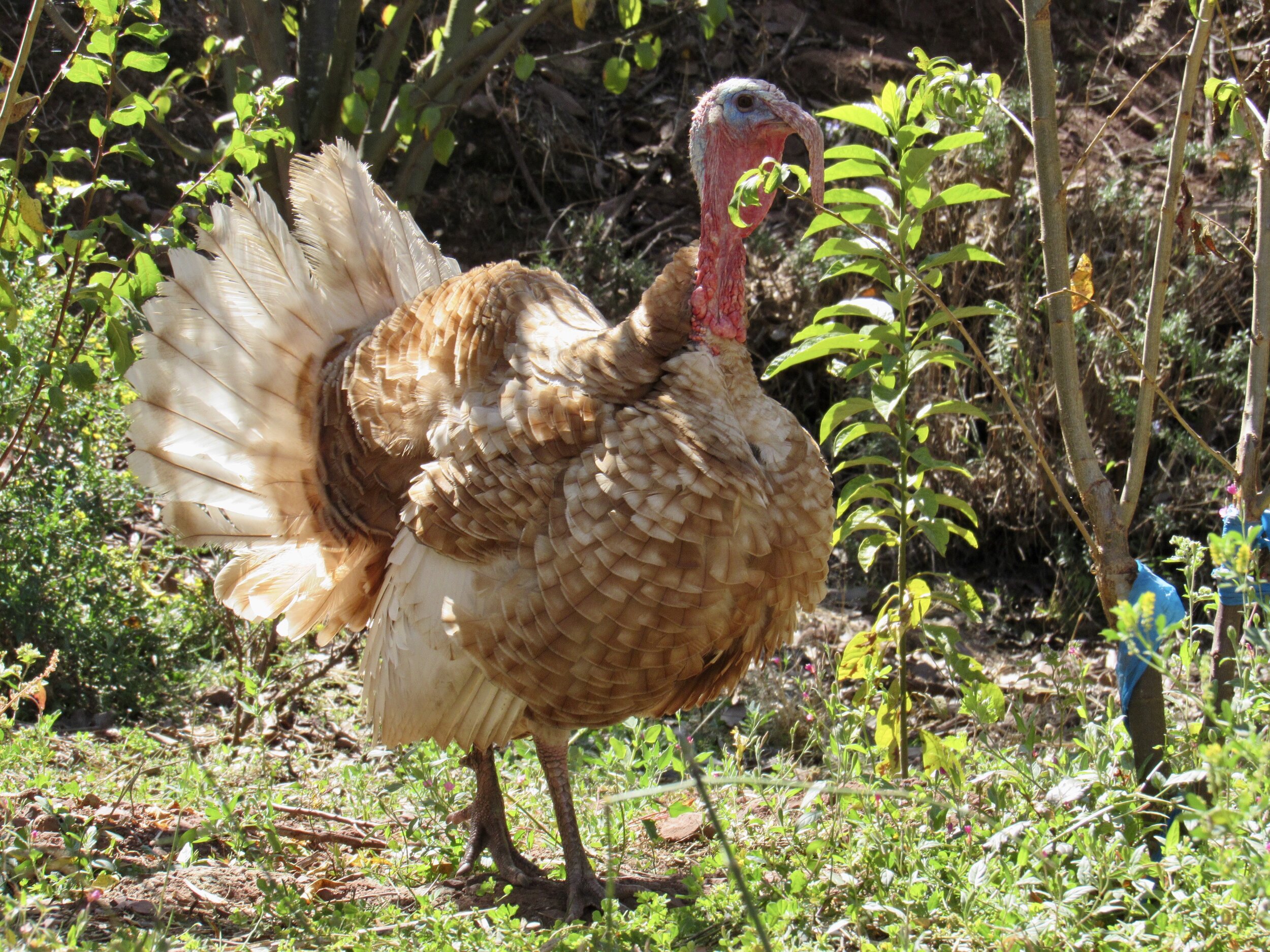
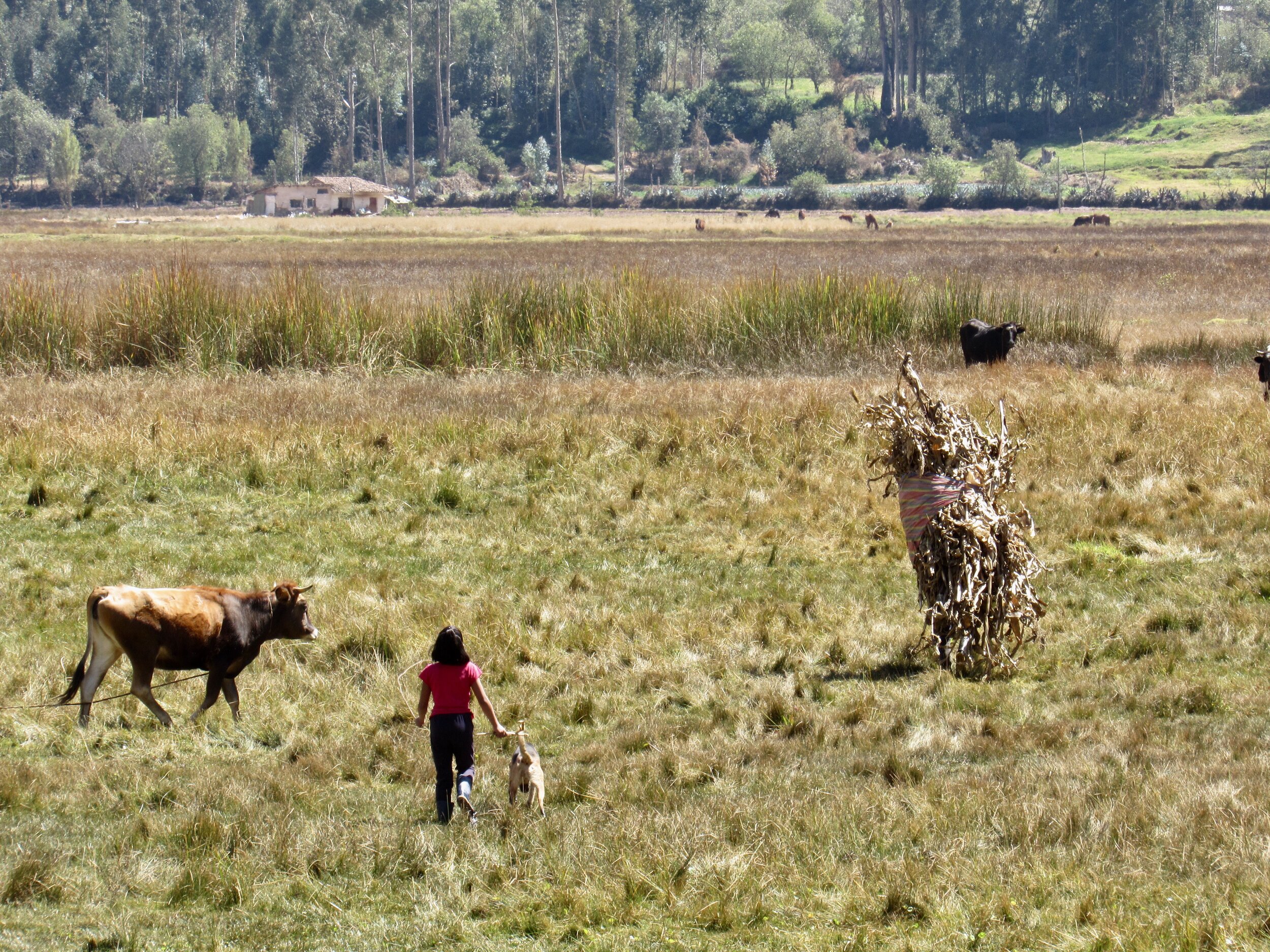

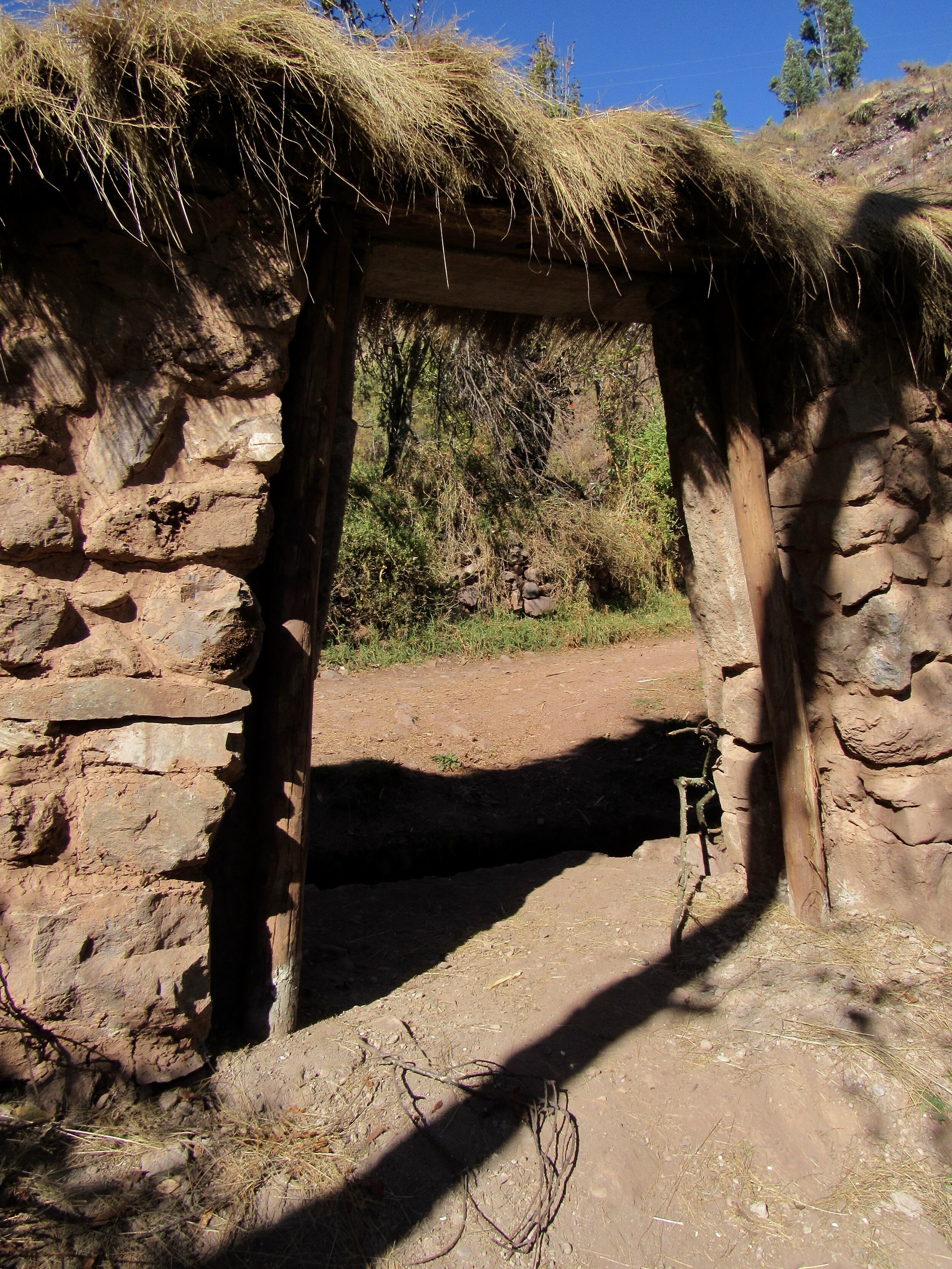
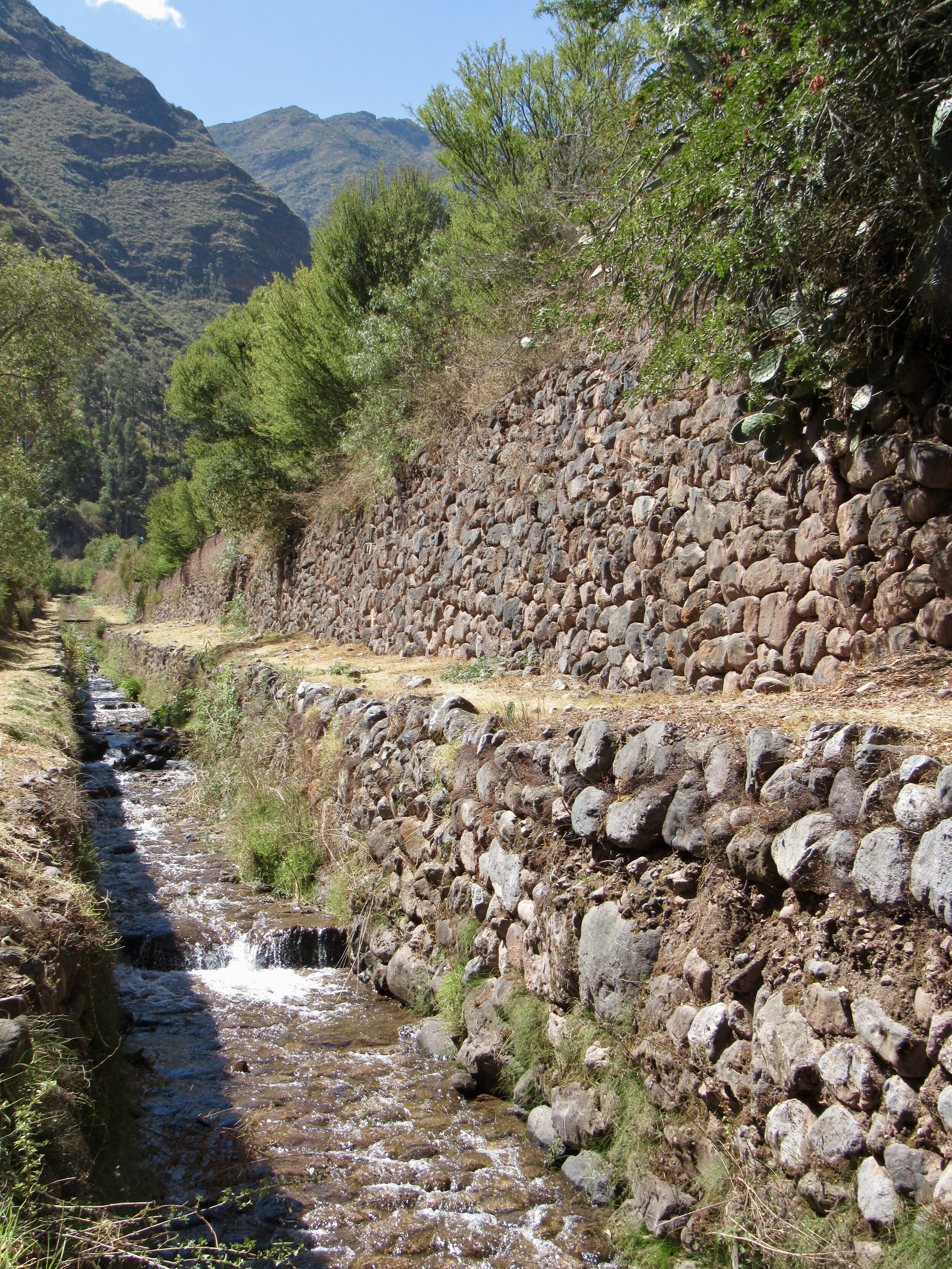
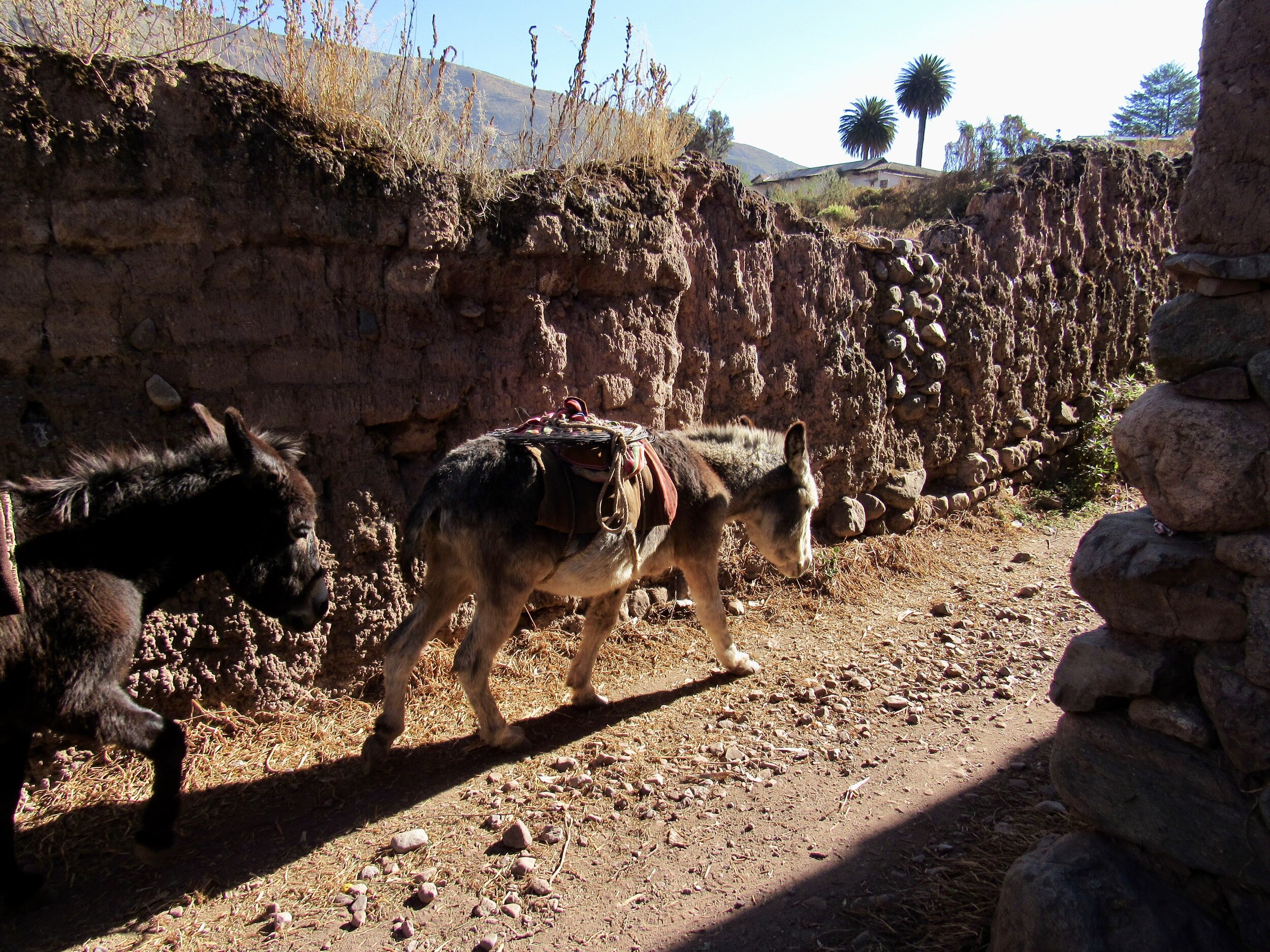
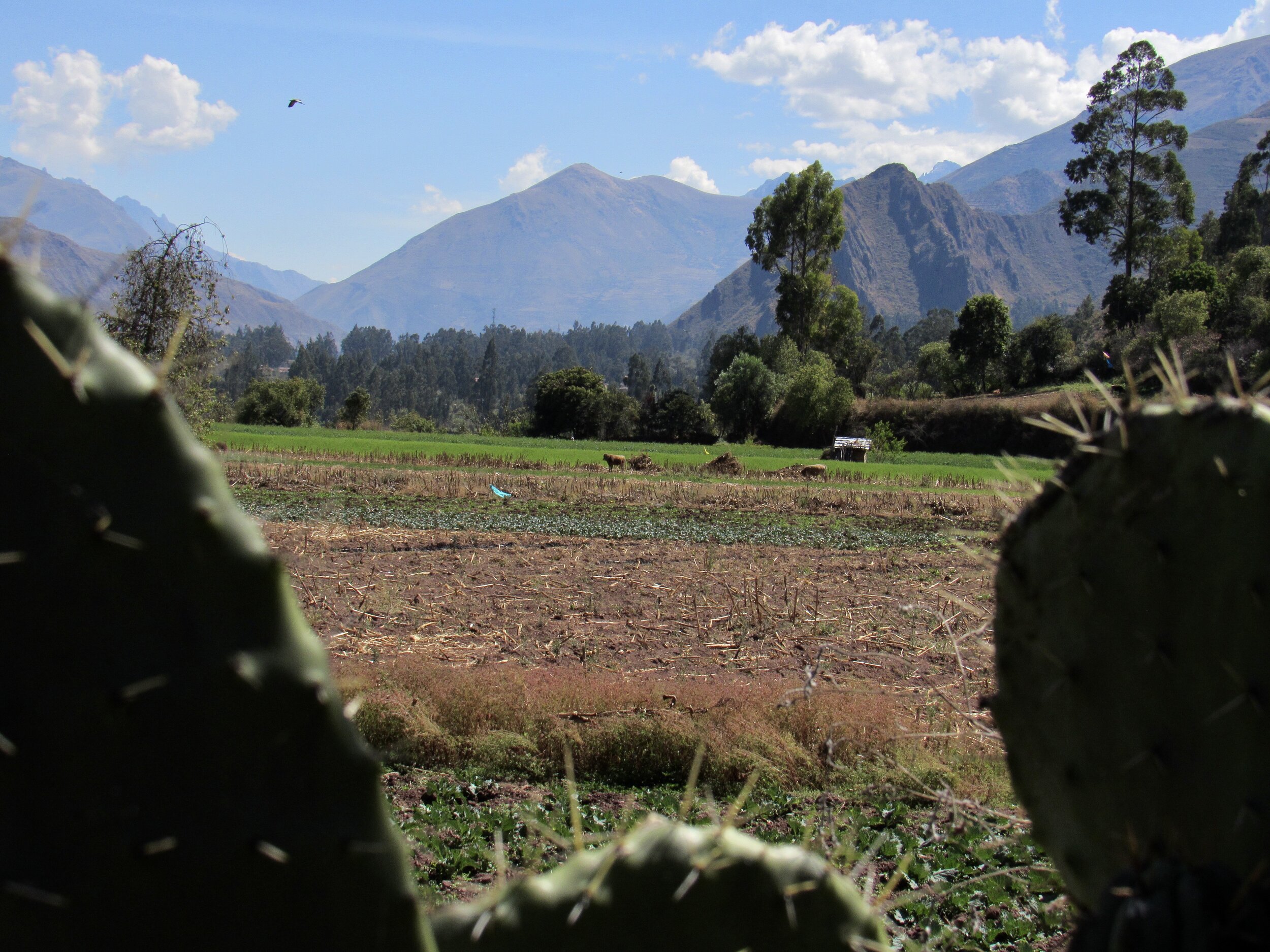
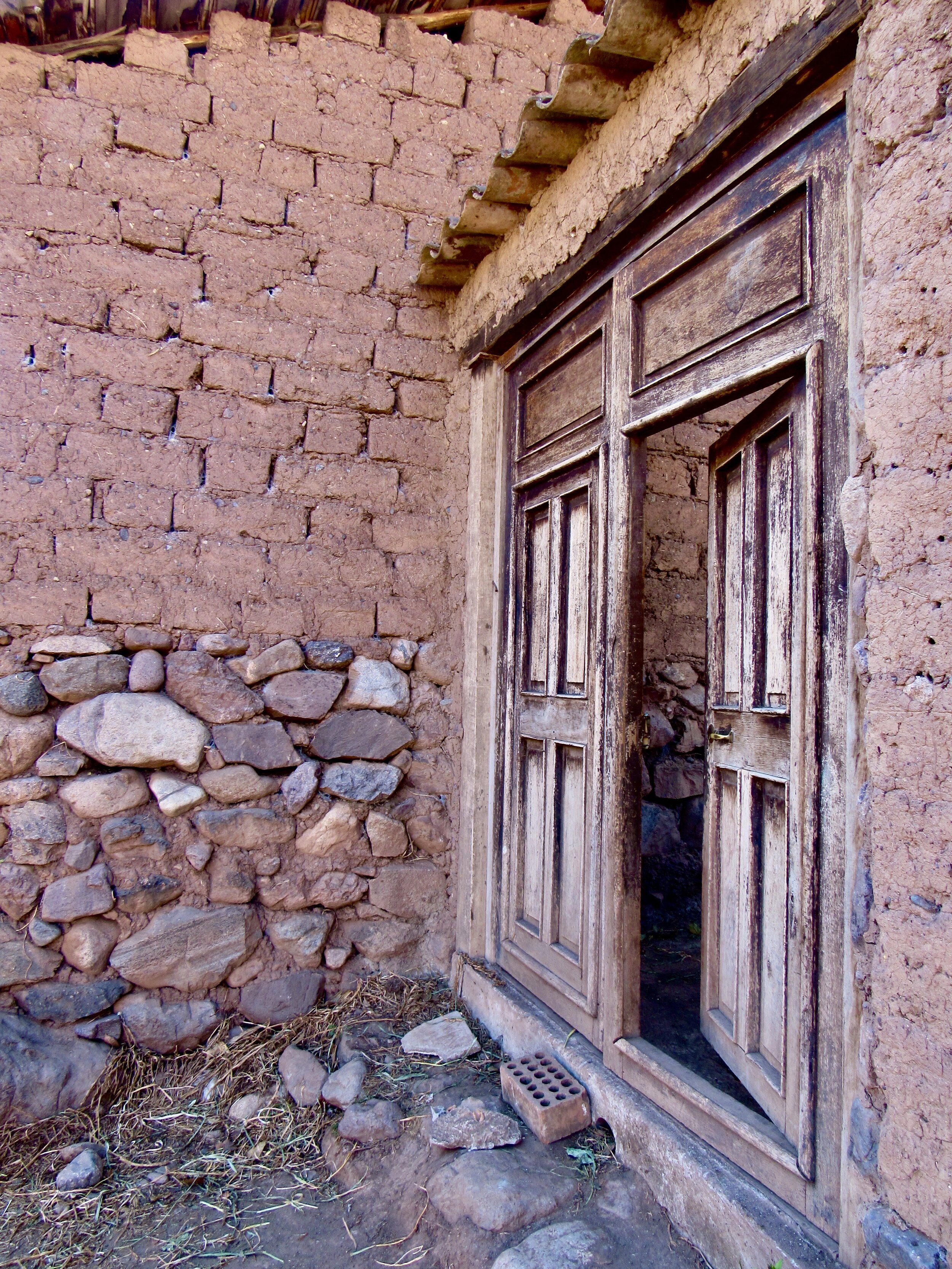
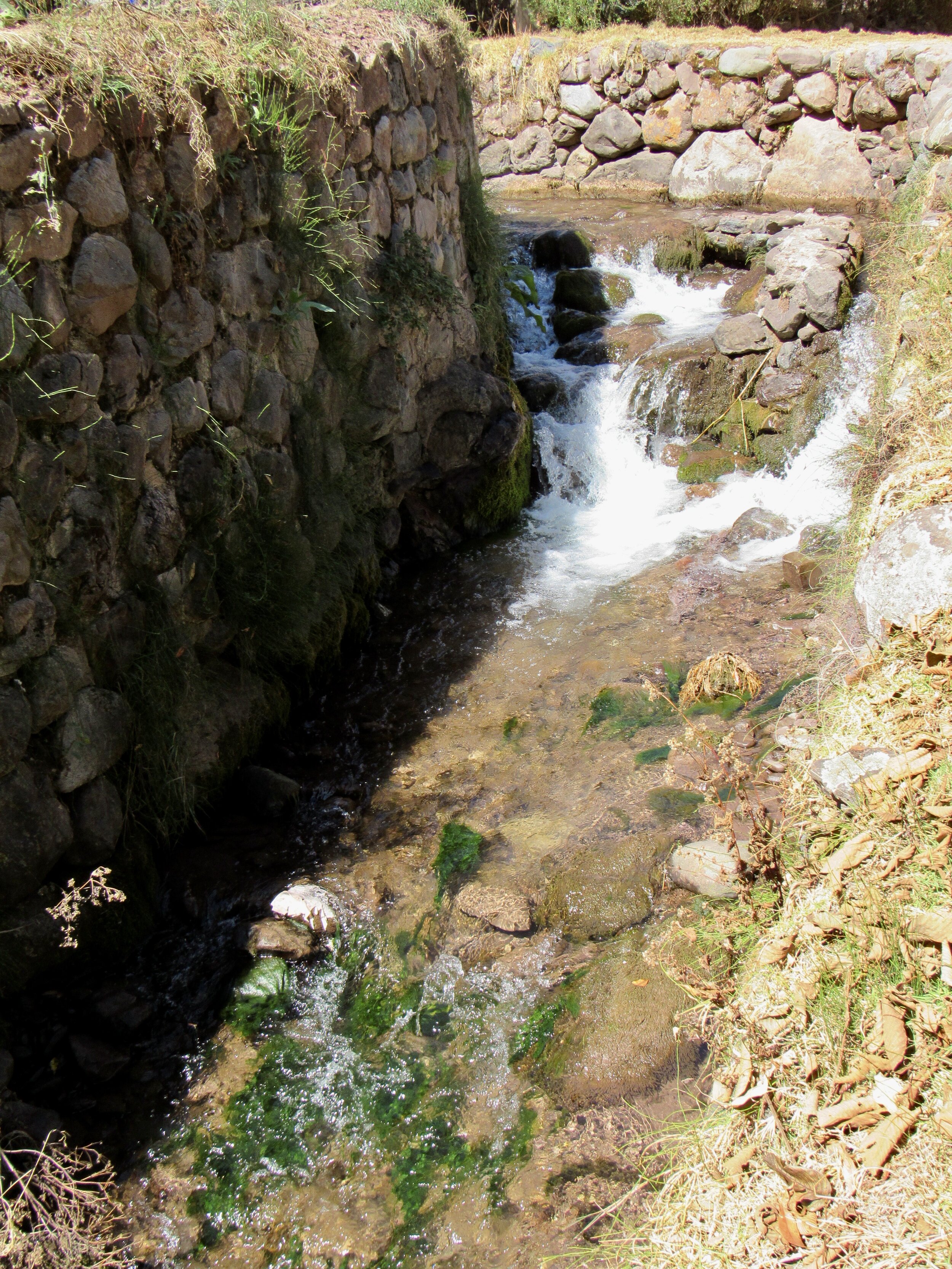
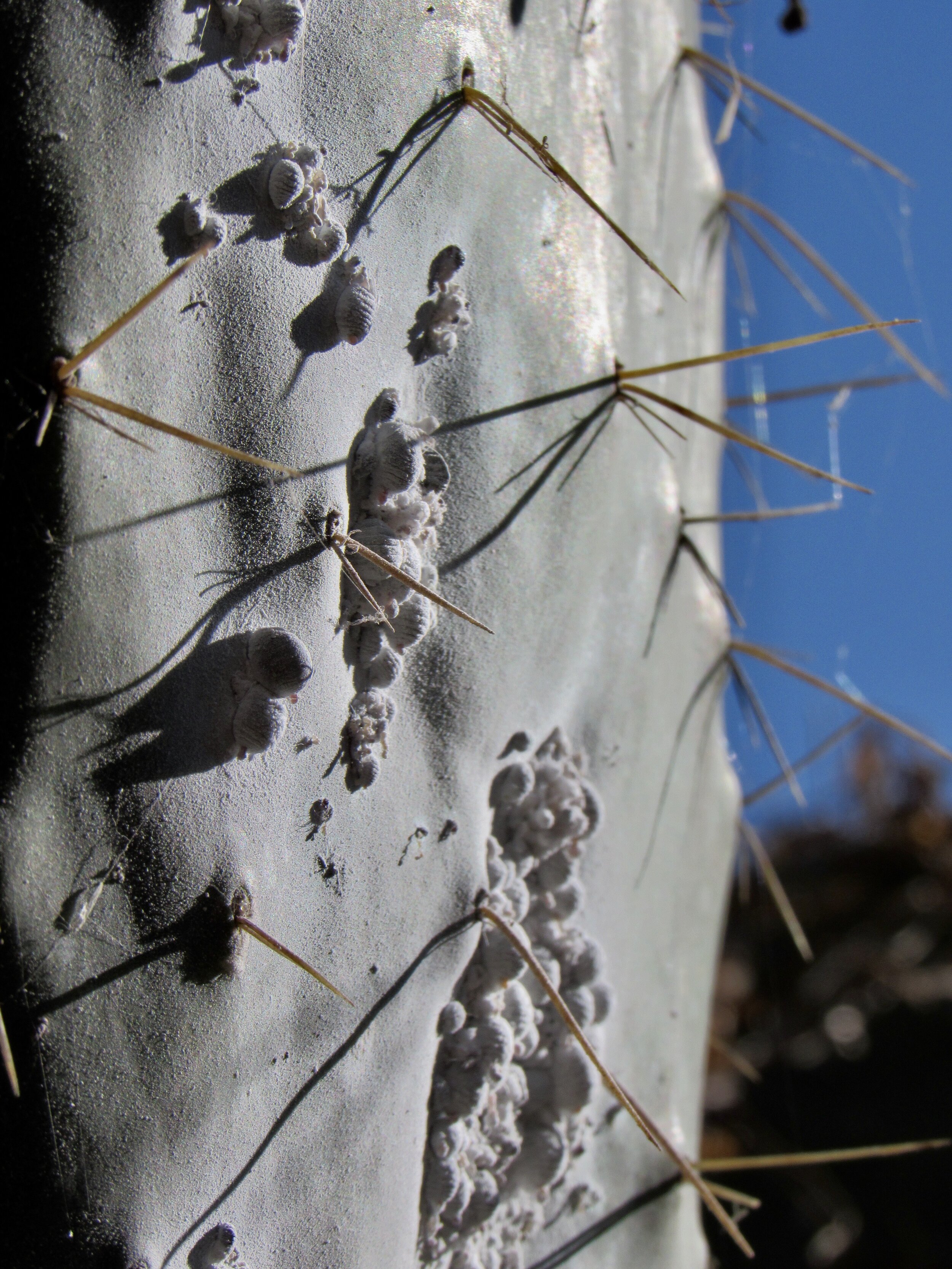
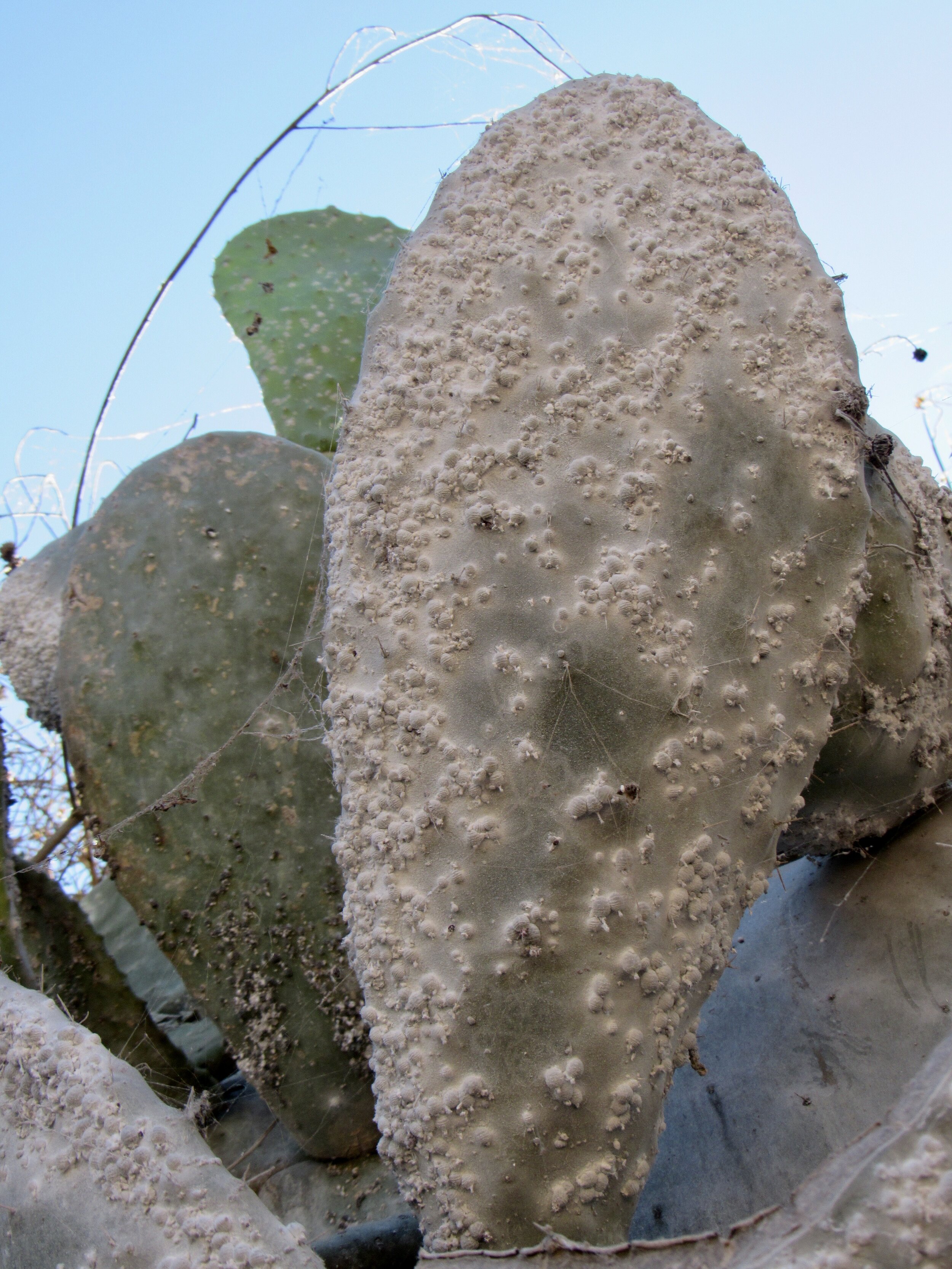
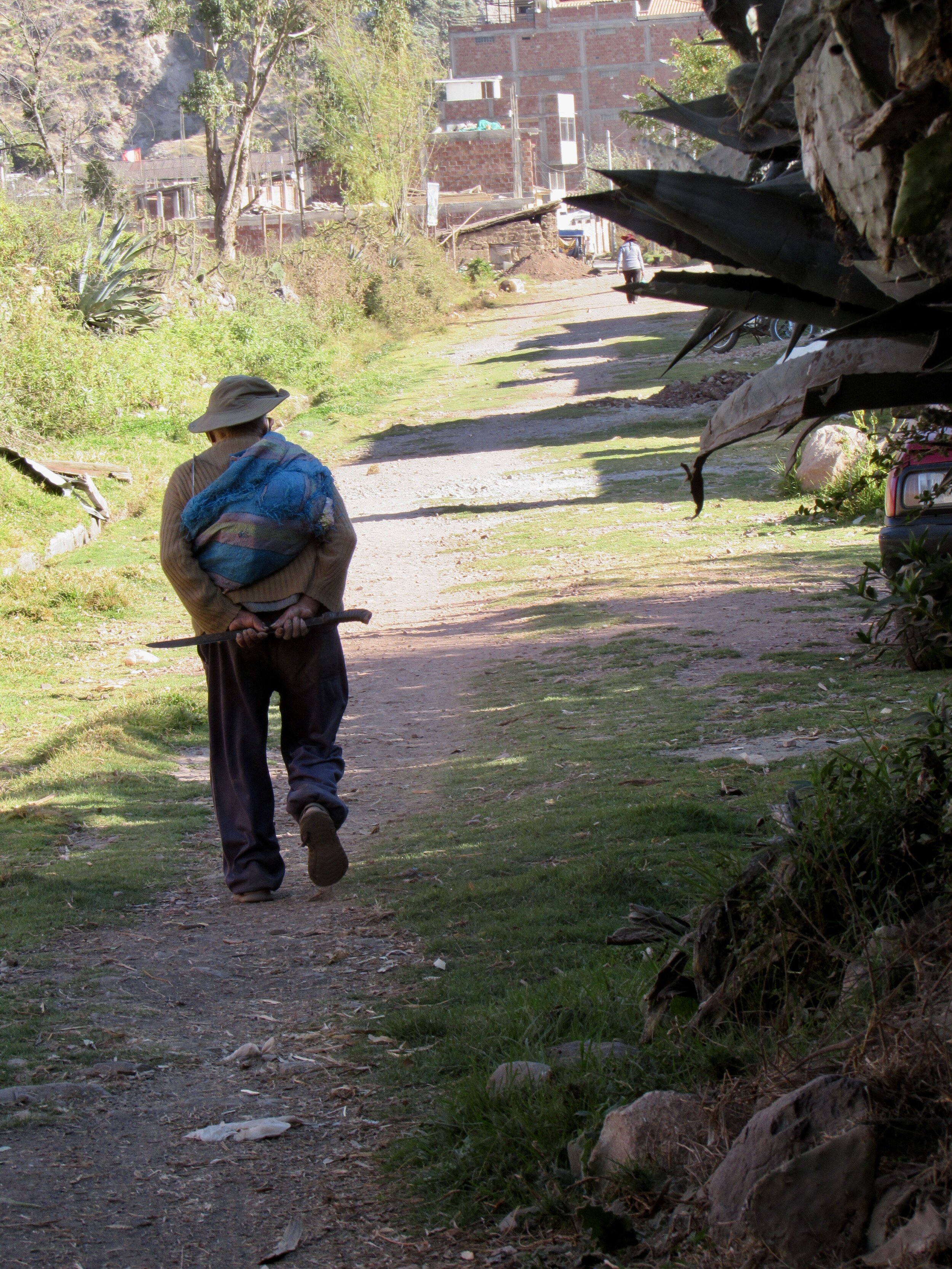
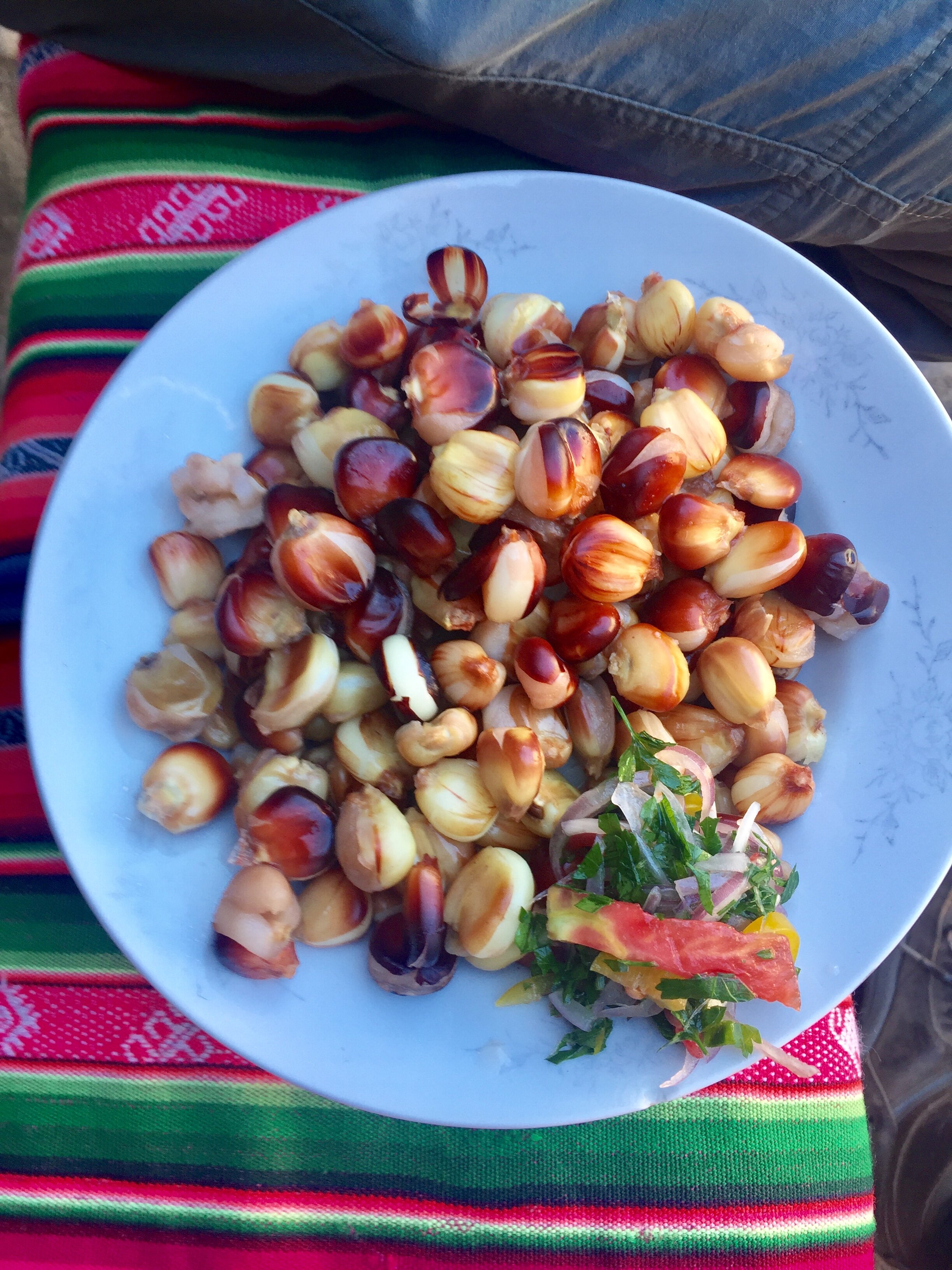
Wednesday, 22 July, 2020
Today, since I don’t have any classes, I went to Urubamba to go hiking with a friend who lives there. Transportation between towns is now allowed, but still very different from normal. Rather than busses, there are something like shuttle vans that go between the towns up and down the Sacred Valley. Now, those vans have half of the seats marked with a big red X, so nobody actually has to sit next to anybody else.
Under the current rules, all transportation can run at maximum 50% of capacity. Less than 50% is preferable. Obviously, this has also changed the price of transportation. The busses that go through Cusco used to be s/.80 but now cost s/2. Yes, that’s more than double. The longer distance vans have not quite doubled their price, but it used to cost s/6 from Cusco to Urubamba and it’s now s/10. Taxi fare has not changed, although the maximum number of people in a taxi now is two. It used to be normal to have one person up front with the driver and three (or more) in back.
It’s about an hour from Cusco to Urubamba and the hike we had planned leaves right from town. We walked up the valley that goes towards San Juan Mountain. This is parallel the valley that we went up to meet the families of Sut’uc-Pacchaq on June 6th. (Go back to the blog from week 12 or to heatherjasper.com to read about that event).
Before you even leave town, you go by some amazing Inca ruins, which are now part of the cemetery. It’s the former palace for the Inca Huayna Capac. The palace used to be a vast complex. Now, part of it has modern houses, part has been converted to farming terraces and part is the town cemetery.
Leaving town, you skirt around some fields, on a trail that goes towards the town of Yucay. When you hit the Inca canal, follow it uphill. You’ll know when you hit the Inca canal. The walls are obviously Inca construction and it’s obviously a channel made for irrigation. Keep following it uphill for about an hour and you will get to a spot that used to be a mill. It’s a wide spot in the canal with a pourover dam and two large canals leading off from each side of the main canal.
The mill itself is no longer there, having been destroyed by the Spanish over 500 years ago. I am still working on getting a good description or drawing of what this mill was like. So much was lost during the colonial period that it’s hard to find any aspect of Inca history, culture or even architecture that all archeologists and historians agree on. There are multiple versions of what each Inca monument or temple or city was for, when it was built, by whom and for whom. Of course, some parts of Inca history and culture are widely accepted by most archeologists and historians. Still, we lost so much during the destruction of conquest and then the cultural oppression of colonialism that it’s impossible to know much of anything for sure.
Back to the beautiful hike, leaving the brutal legacy of colonialism aside, this is definitely the best day hike I’ve been on during the dry season. So many trails in the Cusco region are just so dusty and hot and don’t have any shade. They’re more pleasant in April or September, but in July it’s just too dry and too sunny. This trail follows the canal, which not only provides a beautiful babbling brook sound, it is also lined with trees. The cooling effect of the water and the shade from the trees makes this the most comfortably pleasant hike I’ve been on in the Sacred Valley.
Plus, you’re walking along the top of walls built by the Inca, passing terraces that have been farmed for more than 500 years. We passed fields of lettuce, broccoli, fava beans, fruit trees, wheat and corn. In many of the fields, the people working stopped a moment to call out a greeting in Quechua. Sometimes we stopped to chat for a moment but mostly we just called out a greeting back in Quechua and kept walking. Out away from town, nobody was wearing a mask. If we were going to be walking close to somebody I put my mask on, but didn’t expect them to always have one.
Like so many rural communities in the Cusco region, there are no cases of Covid in the area. I don’t have anything to fear from them, but they certainly should be afraid of me. I came from Cusco this morning. Not only is the number of cases starting to rise steeply in Cusco, I was in a public van from Cusco to Urubamba. We all know now that traveling, even just a little, puts us at much higher risk of exposure than just staying home.
From the water mill, we walked up a bit farther to a little meadow for our picnic lunch. Instead of following the canal back down, we walked along the base of the hills towards Yucay. There are paths between each terrace and each chacra, so it’s easy to find somewhere to walk. We had a general idea of the direction we wanted to go, so there was no worry about being on the right path or not.
A chacra is like a tiny family farm. They can be several contiguous fields or one large field. Some have little sheds for farming tools, but most chacras don’t have any buildings. Around here, they all have to have irrigation rights to be able to grow anything in this season. In the area around Urubamba and Yucay, they are also all on terraces that were built during or before Inca times.
I love living so near to so much history. There are Inca walls less than a hundred yards from my house in Cusco. There are Inca temples and palaces throughout Cusco and the Sacred Valley and many other nearby valleys and mountains. It really reminds me of living in Istanbul. I felt like everytime I turned a corner there was some historical building or fountain or monument from the Ottoman Empire or the reign of Constantine or even earlier. It's something I never really felt in the US. The history of the Native Americans was so much more thoroughly erased that it’s hard to feel their presence as much as the presence of the Inca Empire so completely permeates everything in the Cusco region.
Thursday, 23 July, 2020
El Molino is open! This is a market I have been wanting to go to since April, when I accidentally put my exercise band through the washing machine and it came out a sticky lump. El Molino has several shops in the back that sell exercise equipment, which is where I got my weights and some other things that I was happy to have when I had to make my bedroom into my home gym in late March.
I now have a new exercise band and I even splurged on lunch at a ceviche restaurant. Splurges like this don’t give me any financial regret, since even with my meager income, exercise bands and ceviche are not expensive here. However, they do give me something that I’ll call “contact regret.” In the moment, I’m so happy to be near people and see shops open and looking semi-normal. I’m so happy to eat ceviche and have somebody else not only prepare my food but also do the dishes.
Afterwards, I wonder if I really needed to get that exercise band and if I really needed that ceviche, because I am counting the number of people with whom I came into contact. The most important number now is not how much I spent, but how many opportunities I had to catch Covid from somebody.
All of the alcohol gel and masks in the world will not take away this worry. Yes, they took my temperature when I went into the El Molino market. Yes, I washed my hands with soap and water, dried them, then put on alcohol gel after I touched the money I used to pay for the exercise band. Yes, I kept my mask on. Yes, everybody I saw also had a mask on. Yes, they were washing their hands and getting sprayed with alcohol too. Still. What if?
Friday, 24 July, 2020
This morning, Kerry and I walked up to a grove of eucalyptus trees near the Temple of the Moon where we had a yoga class last week and the week before. Today we sat there, stretching on our yoga mats and chatting for almost an hour before we gave up hope that anybody else would come. It seems a little odd, since last week there were at least ten people and the week before seven or eight.
It was still a beautiful morning to sit under trees, listen to birds and just enjoy being outside. Once we gave up thinking that anybody else was going to show up, we walked up to the Temple of the Moon itself and I showed Kerry the path that I used when I was sneaking out at about 6am back in March and April. That’s when it was illegal to leave the house for anything besides food and medical care.
Those first fifteen weeks of quarantine were so hard! Partly because it was such a shock to go from normal life to such a hardcore shutdown. Here in Peru, there was a 6pm curfew and only pharmacies or grocery stores were allowed to be open and only Monday to Saturday. For seventeen weeks in a row, nobody was allowed to leave home on Sunday, except for emergency medical services.
Police and military patrolled the streets and really did arrest people for being out after curfew, on Sunday, or for not having a reason to be outside. When I was sneaking out to hike, I always carried with me my Peruvian ID, some cash, my phone and an empty ibuprofen box. I never took a camera or water bottle, since those are signs that I’m out for a walk, rather than a quick trip to the pharmacy to get more ibuprofen. I really was scared of being arrested.
Now, leaving the house doesn’t feel risky in terms of being arrested. The heavy police presence has diminished and the military have vanished from the streets of Cusco. They still work the checkpoints that I go through everytime I leave or reenter Cusco, but I never see the military in my neighborhood anymore.
Leaving home still feels very risky in terms of coming into contact with somebody who has Covid. Walking the trails in the hills above town, like going to the Temple of the Moon with Kerry, doesn’t feel risky. I feel safe outside, staying 20 to 50 yards away from anybody but Kerry. Even if they’re not wearing their mask, it just doesn’t feel at all dangerous to me.
What I’m really starting to rethink, what I’m having “contact regret” over, are my trips out of and back into Cusco.
On Wednesday, I took public transportation from Cusco to Urubamba. I bought a face shield for the first time, to wear over my mask in the van. Nobody else in the van had a face shield on, but of course everybody was wearing a mask. In the afternoon, I took a van from Yucay, through Calca and Pisac, back to Cusco. People were constantly getting into and out of the van at multiple stops along the way between Yucay and Cusco. They were all wearing masks, and half of the seats were marked with a big red X, so that nobody would sit next to another person. I didn’t hear anybody cough and several windows were open the whole time. Still. What if?
Saturday, 25 July, 2020
Next Tuesday is Peruvian Independence Day, but Tuesday is a terrible day for a party, so Kerry organized one for today. There were only six people invited and we planned to have the party on the roof, with lots of other considerations made for some kind of social distancing. We didn’t ask anybody to wear masks, since we’ll be eating and drinking.
I feel like we are taking some calculated risks that I am okay with. Kerry took everything that we’ll need from the kitchen up to the roof, so that nobody would be in our kitchen. We opened one of the empty rooms in the house, so that our guests could use a bathroom that nobody uses normally. We gave everybody a handful of alcohol gel when they came in the door.
I spent some time in the morning building a bbq grill out of things found on our roof. We have a flat cement roof, which mostly looks like an abandoned construction zone. I picked out a brick, three cinder blocks, a piece of corrugated metal, two broken tiles and a pile of rocks. It really worked out much better than I expected and by the time the guests had appeared and were starting to get hungry, the coals were just perfect. I had gathered some sticks from around the park across the street and Kerry bought a bag of charcoal.
I grabbed the grill from the oven, balanced it on the bricks and we cooked veggie kebabs and chicken kebabs, then sausages, then bananas with chocolate inside. The coals were hot enough to cook with for more than four hours. It was my best DIY success so far!
However, we did get some bad news today. There is another woman named Kerry in San Blas, who was diagnosed Thursday with Covid. Maybe that’s why nobody was at yoga yesterday. Had word spread amongst the yoga community of San Blas that we should all stay away from each other? After hearing that, I wasn’t sure that all of the measures we had taken for the party were enough. The good news is that I have never met this person and as far as I know, nobody that I know has ever actually met her. Still, it’s a tight knit community of expats in San Blas, especially those who do yoga.
Should I stay home for the rest of this week? I will be avoiding the San Blas market and all San Blas restaurants for at least couple weeks. Next Saturday, in just one week, I will be going with the Covid Relief Project to another rural community to take them food. I definitely need to be much more careful, if I want to continue to go to rural communities in good conscience. It would be so, so terrible if I ended up taking Covid to one of these communities.
I think that this week, leading up to taking food next Saturday, I should go back to the quarantine rules of April and May. At least this time, I can just enforce it on myself, without the risk of arrest if I do go for a walk. I will keep my mask on and stay away from people. I cannot let myself catch Covid if I want to keep being part of the Covid Relief Project. I cannot let our efforts to help end up being the death of somebody in any of these rural communities. It’s time to take myself back to the space station.













